Japan can release Fukushima water from tanks with radioactive material, UN says
Twelve years after an earthquake and tsunami destroyed parts of the Fukushima nuclear plant and contaminated water supplies, the United Nations has approved Japan's highly anticipated waste disposal plan, which includes slowly discharging treated, radioactive water into the ocean.
The U.N. atomic energy agency says the initiative, first announced in 2021, meets international standards and will have negligible effects on the sea environment and people's health.
The discharge method has drawn criticism from fisheries in Japan and neighboring countries and caused demand for seafood to spike preemptively in the region.
Since the earthquake and tsunami in 2011, contaminated water has been collected, treated and stored in tanks at the plant. But the tanks − which number around 1,000 − will reach their capacity in early 2024, The Associated Press reported.
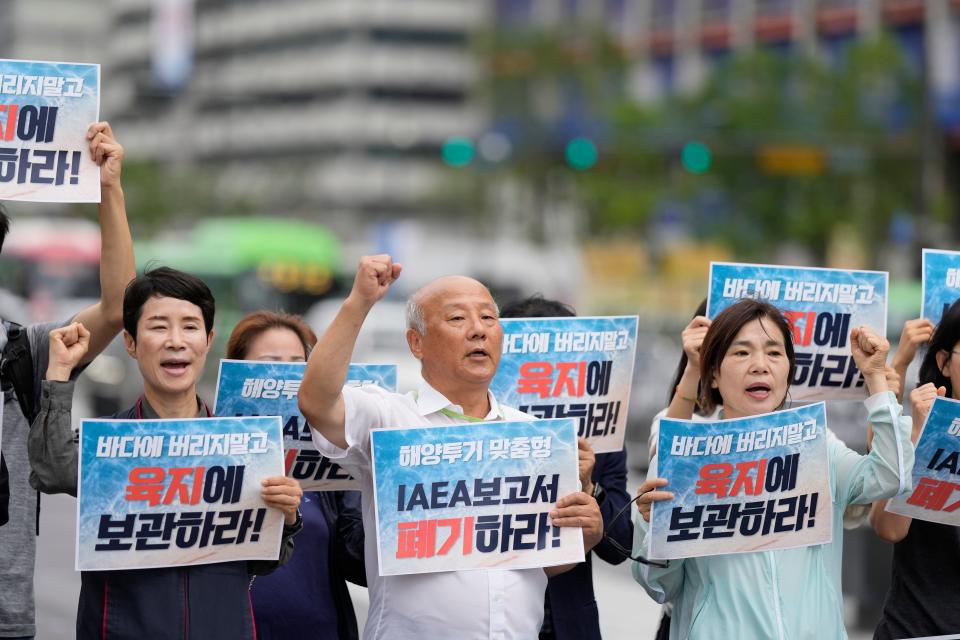
In 2021, the Japanese government said it would discharge the water into the sea over decades. They say the water must be removed to prevent new leaks and to prepare for the damaged plant's decommissioning.
The treated contaminated water will be released 1,000 yards offshore via an undersea tunnel after the company that owns the plant receives a permit in about a week, The Associated Press reported.
What did the UN say about the radioactive Fukushima water?
The report by U.N. experts submitted Tuesday is the group's final assessment of the water disposal project. In an executive summary, U.N. leaders said that the Japanese government was responsible for creating the plan to dispose of the contaminated water in the ocean and that the world body doesn't necessarily endorse the idea.
"I would like to emphasize that the release of the treated water stored at Fukushima Daiichi Power Station is a national decision by the Government of Japan and that this report is neither a recommendation nor an endorsement of that policy," said Rafael Mariano Grossi, the head of the International Atomic Energy Agency.
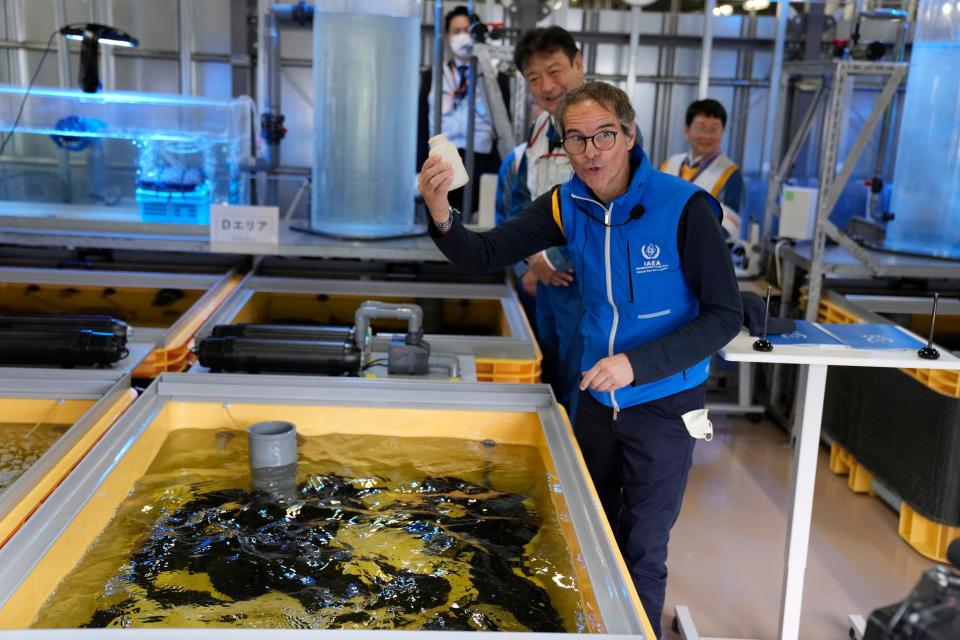
Head of UN agency visits Fukushima
On Wednesday, Grossi visited some of the key facilities that will release treated radioactive water into the sea.
“What is happening is not something exceptional, some strange plan that has been devised only to be applied here, and sold to you,” Grossi said in his opening remarks in Iwaki, about 25 miles south of the plant. “This is, as certified by the IAEA, the general practice that is agreed by and observed in many, many places all over the world.”
“We are going to stay here with you for decades to come until the last drop of the water which is accumulated around the reactor has been safely discharged," he said.
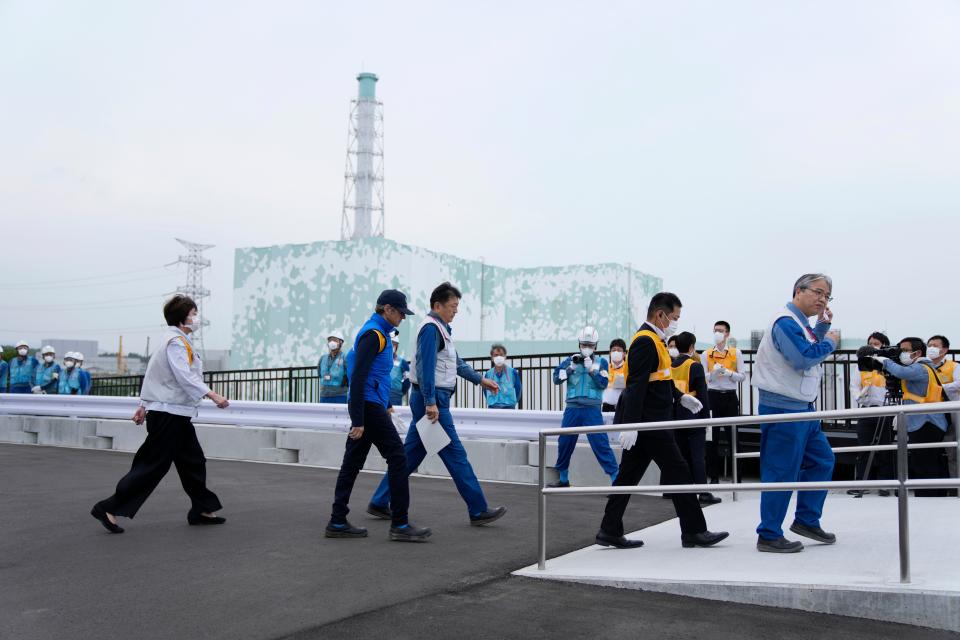
Demand for seafood increases ahead of planned radioactive water release
Earlier this summer, some South Korean shoppers started buying sea salt and seafood in bulk to store at home ahead of Japan's planned release of contaminated water, Reuters reported.
Retailers also started stockpiling in fear of a supply shortage in South Korea, Japan's closest neighbor.
"South Korea's fisheries authorities have vowed to ramp up efforts to monitor natural salt farms for any rise in radioactive substances and maintain a ban on seafood from the waters near Fukushima," Reuters reported in June.
Why does Japanese government want to discharge radioactive water into ocean?
Other countries such as China, South Korea, the United States and France have disposed of radioactive water in the ocean in the past. The method calls for the contaminated water to be diluted and then released gradually.
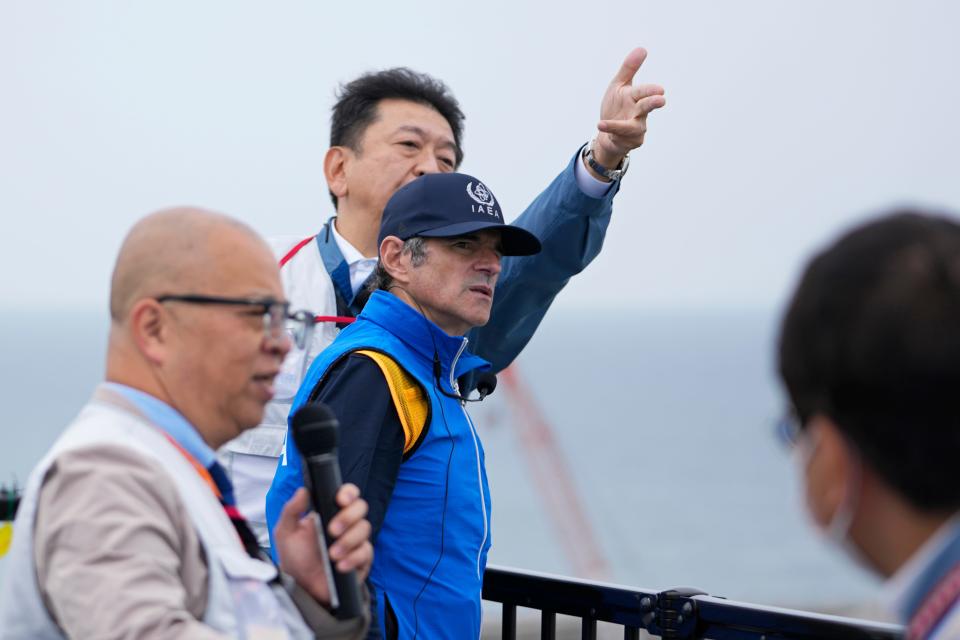
The radioactive water from Fukushima will first be filtered to bring the level of contaminants below international standards. Then it will be diluted in seawater 100 to 1 before it's released in the ocean.
The water Japan plans to release into the sea contains cesium and other radioactive material. The government's plan says it will be filtered to bring it below international standards for those substances.
But the plan says the water cannot be filtered below international standards for tritium, which is inseparable from water, The Associated Press reported.
Japan's fisheries oppose discharge of radioactive water
While this weeks' report represents the U.N.'s final assessment of the plan, the agency said "there will be continual monitoring of the water release and its impacts."
"The IAEA is committed to engaging with Japan on the discharge of ALPS treated water not only before, but also during, and after the treated water discharges occur," the report says.
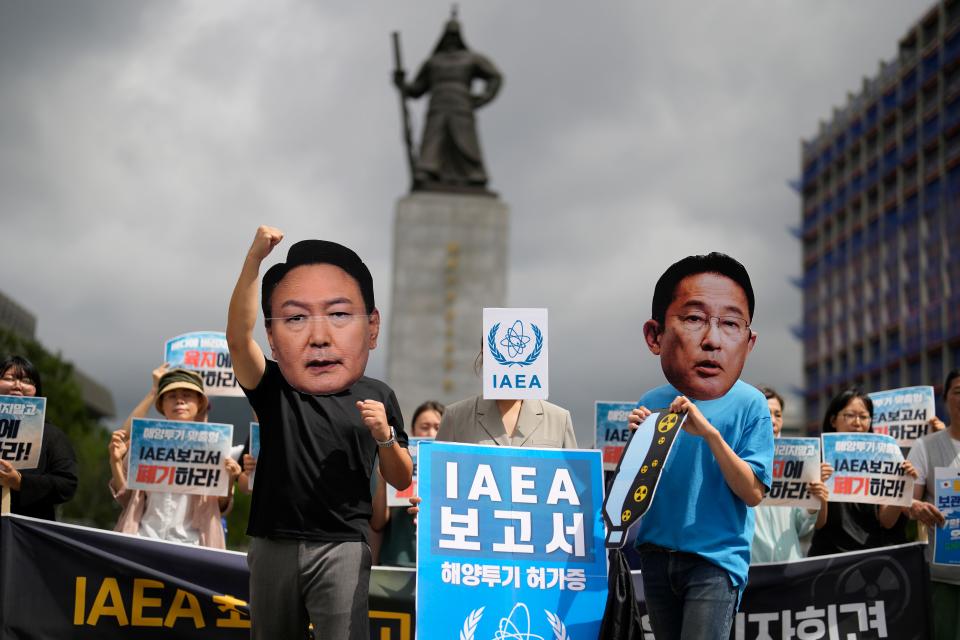
In Japan, local outlets reported fishermen are distressed about what the water release will mean for their way of life.
"I'm extremely worried as I don't know to what extent the release of the treated water will affect my work and livelihood," Eitatsu Kikuchi, a fisherman in Soma, Fukushima Prefecture, told Japan Today.
"No matter how much we try, we cannot prevent the Fukushima brand from being tarnished," he told the outlet.
Contributing: The Associated Press
This article originally appeared on USA TODAY: Fukushima water release plan from Japan approved by UN

